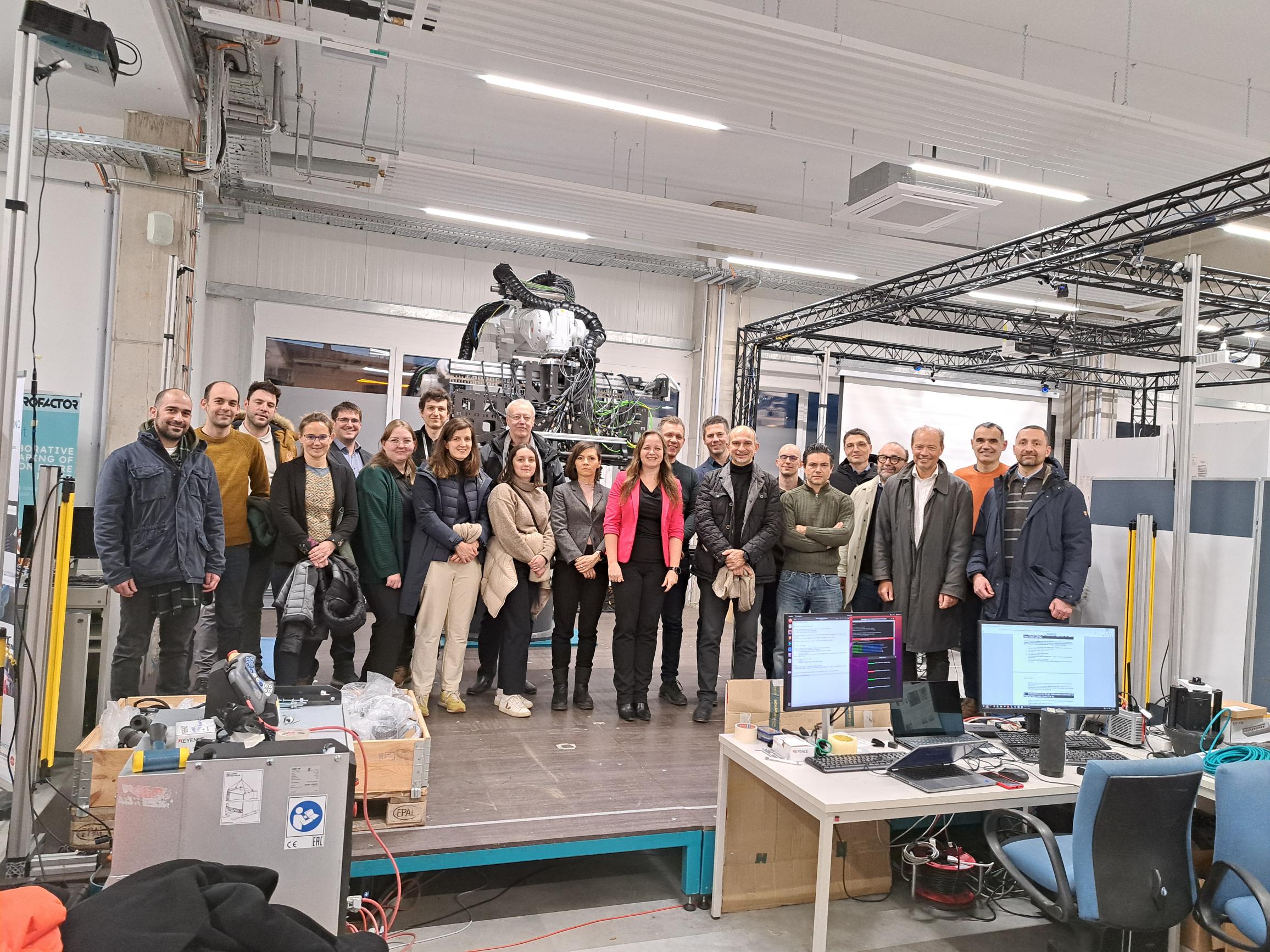Manufacturing processes for bio-based fibre-reinforced composite parts for structural applications
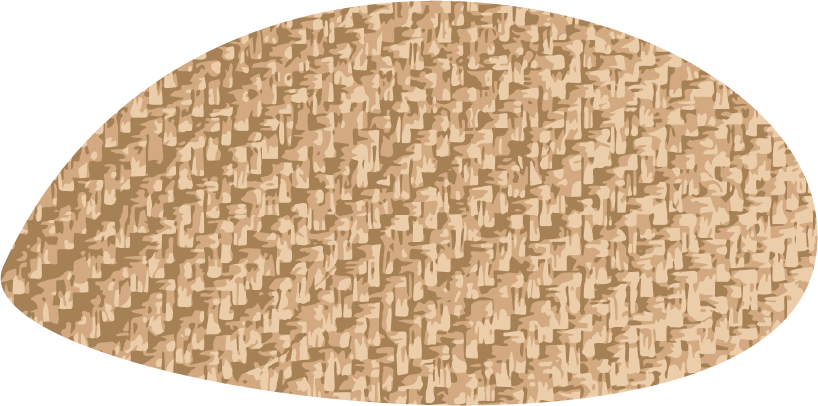

January 2024 – December 2026

10 Partners
from 7 countries

8 M€

2 pilots
Context
Composites currently rely heavily on carbon and glass fibers for reinforcement. However, the utilization of synthetic composites poses numerous challenges, including recycling difficulties, dependence on third-party countries, and environmental impacts. A substantial 80% of these fibers are manufactured outside of Europe, and roughly half of the remaining 20% is produced under foreign licenses, contributing to a significant reliance on other nations.
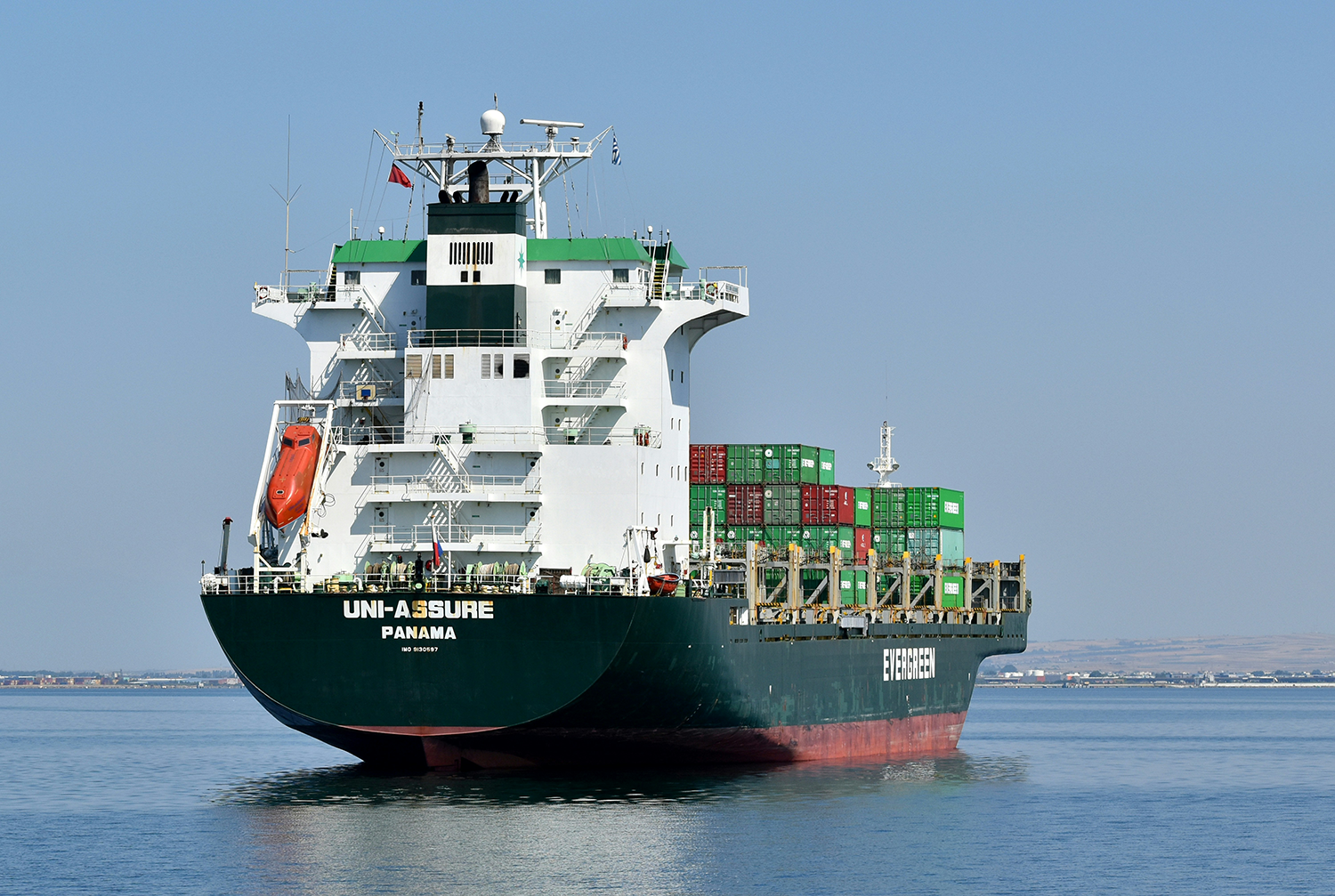

Bio-composites, incorporating natural fibers, with hemp and flax being the most prevalent, present a promising solution to reduce this dependence. Hemp cultivation is widespread across Europe, yielding over 150,000 tons annually. Similarly, flax production is significant, with 80% of the required flax in Europe sourced locally. By leveraging natural fibers, the reliance on imported materials can be substantially diminished, thereby bolstering the autonomy of the European composites industry.
Nevertheless, the current application of bio-composites is confined to less critical uses without significant mechanical performance requirements. Natural fibers, as bio-based materials, exhibit greater variability in dimensions, weight, appearance compared to regular, smooth, and solid synthetic fibers. This disparity in properties necessitates a deeper understanding to tailor weight-to-performance systems and adapt manufacturing processes accordingly.

BioStruct overview
The BioStruct project, a European initiative, is dedicated to developing manufacturing processes for bio-based fiber-reinforced composite parts in structural applications. With a budget of 8 million euros over three years, the project brings together 10 partners. In addition to end users, the consortium includes partners from automation, machine building, measurement technology, material manufacturing, and simulation software to comprehensively cover all aspects of development. The consortium has been carefully selected to cover all key components necessary to demonstrate high-precision manufacturing of biocomposite parts.
BioStruct objectives
To address the current challenges associated with using biocomposites in structural components and broaden the scope of applications for bio-composites, the project has outlined specific objectives and corresponding actions.

Developing an Accurate Draping Process to Control Fiber Orientation

Creating Material Models to Capture Natural Variability

Integrating Nano-Structured, Bio-Based Sensors for Load Monitoring
Outcomes
The project anticipates achieving predictable properties and consistent quality through enhanced accuracy and additional control loops in the manufacturing process. The BioStruct project will demonstrate these advancements through two distinct use cases, focusing on wind energy and boat-building applications. These demonstrations aim to establish technical feasibility and attain a Technology Readiness Level (TRL) of 7 for the manufacturing technologies.
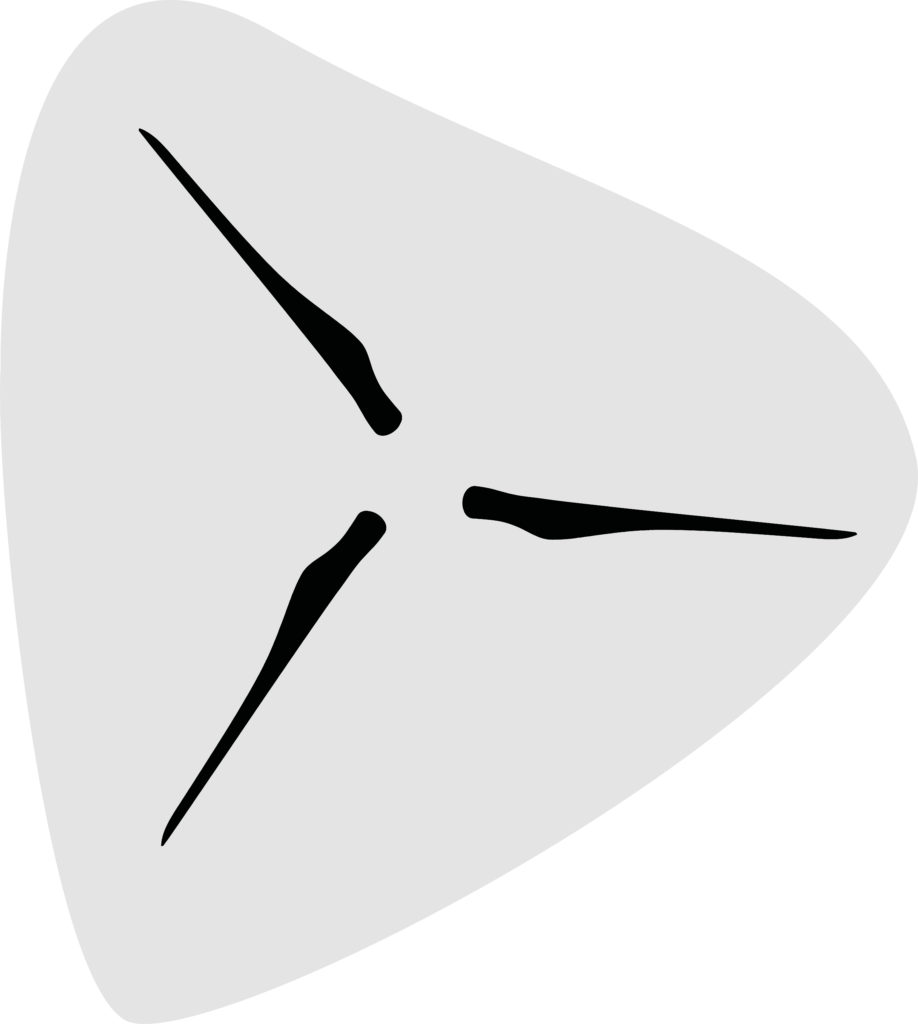
Full-size rotor blade
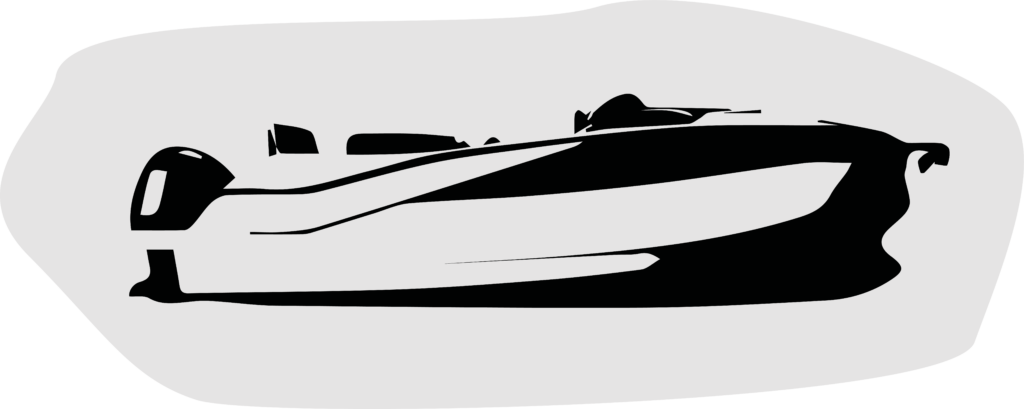
Ship hull with spars

Partners
BioStruct gathers 10 partners from 7 different European countries.
News
Latest Articles From Blog
Manufacturing process for bio-based fibre-reinforced composite parts for structural applications

